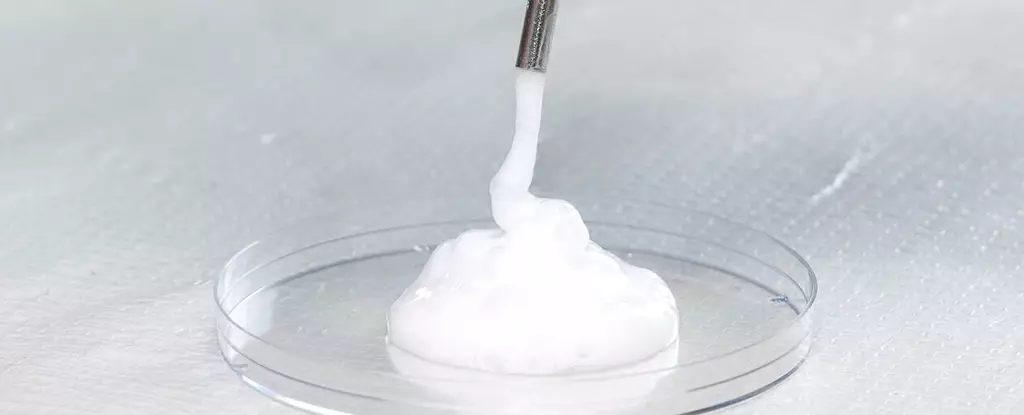In a groundbreaking study, researchers have discovered that cancer patients who smoke have better outcomes for a specific treatment aimed at restricting cellular death. These unexpected observations led scientists to investigate the relationship between smoking, carbon monoxide (CO), and autophagy inhibition in cancer treatment. The results of their experiments on mice and human tissue in the lab were promising, suggesting that carbon monoxide-infused foam could potentially increase the effectiveness of cancer treatments.
The researchers initially noticed that smokers had increased overall response rates and a decrease in target lesion size when given autophagy inhibitors. Autophagy is a process of cell death that cancer cells manipulate to promote their own growth. While attempts to inhibit autophagy have had mixed results, smokers seemed to benefit from this approach. This observation led the research team to hypothesize that carbon monoxide might play a role in this enhanced response.
The Exploration of Carbon Monoxide as a Potential Treatment
To investigate the role of carbon monoxide in treating cancer, the researchers employed a technique called Gas-Entrapping Materials (GEMs) to create a safe-to-drink foam infused with carbon monoxide. They conducted tests on cancerous human and mouse lab cells, as well as in mice with pancreatic and prostate cancers. The foam was administered alongside autophagy inhibitors, resulting in significant reductions in tumor growth and progression. Similar results were also observed in human cancer cells cultured in petri dishes.
While the discovery of the link between carbon monoxide and improved anti-cancer effects is promising, further research and clinical trials are necessary to determine the effectiveness of the foam as a treatment for cancer patients. Safety considerations must also be addressed since introducing CO into the body is generally deemed unsafe. However, the researchers believe that understanding how these treatments enhance the anti-cancer fight will facilitate the development of safe and effective therapies. Additionally, there is hope that the carbon monoxide-infused foam may be applicable to a broader range of cancers beyond those tested.
The Future of Cancer Treatment
The findings of this study shed light on a potential breakthrough in cancer treatment. The team behind the research suggests that therapeutic levels of carbon monoxide delivered through GEMs could enhance the activity of autophagy inhibitors. This novel approach opens up new possibilities for improving therapies for various types of cancers. Although more research and clinical trials are needed, the initial results are promising and provide hope for cancer patients who may benefit from this innovative treatment.
The discovery that smokers experience better outcomes from autophagy inhibition treatment prompted researchers to investigate the role of carbon monoxide in cancer therapy. By developing carbon monoxide-infused foam using GEMs, scientists achieved significant reductions in tumor growth and progression in both lab and animal studies. While the potential for carbon monoxide to enhance anti-cancer effects is exciting, further research and clinical trials are required to determine its safety and efficacy. The development of effective and safe treatments using carbon monoxide-infused foam could revolutionize cancer therapy and provide improved options for patients worldwide.


Leave a Reply